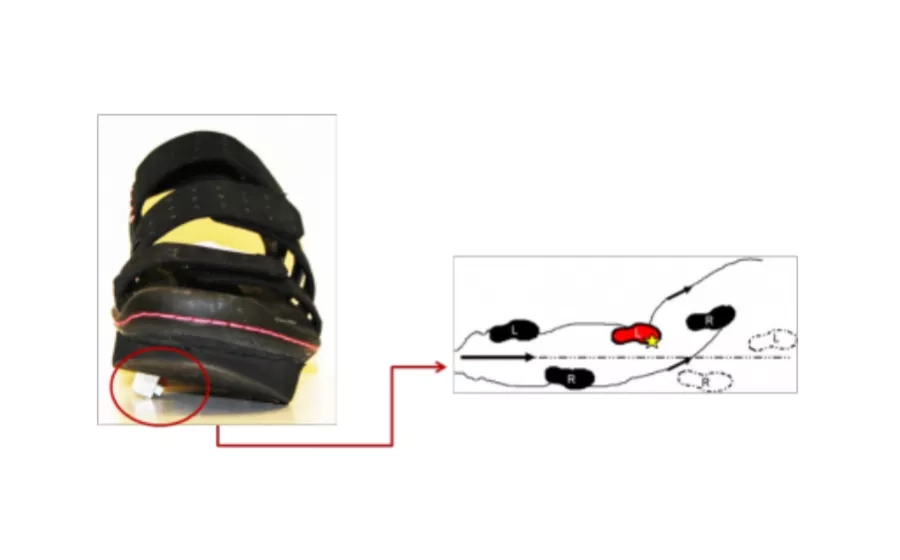Persons with diabetes mellitus have impairments in balance and gait that increase their risk of injurious falls. Because most of these falls occur on irregular surfaces, the aim of this study was to explore the relationships between lower limb neuromuscular capacities, balance and post-perturbation step parameters in subjects with a spectrum of neuromuscular impairment (from no peripheral neuropathy to severe peripheral neuropathy). In 41 subjects clinical assessments of balance and neuropathy severity were obtained, and lower limb neuromuscular capacities were quantified. Gait parameters during unperturbed and perturbed conditions were determined, the latter provided by specially designed sandals which deployed a medial- or lateral-positioned steel flap during swing phase of gait. Preliminary results focus on the ability of neuromuscular capacities to predict clinical unipedal stance time (UST), a balance measure of clinical and functional relevance. Proprioceptive thresholds at the ankle and hip motor function, both in the frontal plane, were independent predictors of UST (R2 = 0.696). Moreover, a ratio of composite frontal plane hip motor function to combined ankle inversion/eversion proprioceptive thresholds was found to explain nearly 80% of the variability in UST. Increased hip strength was found to compensate for impaired ankle proprioception, a finding of clinical relevance.




